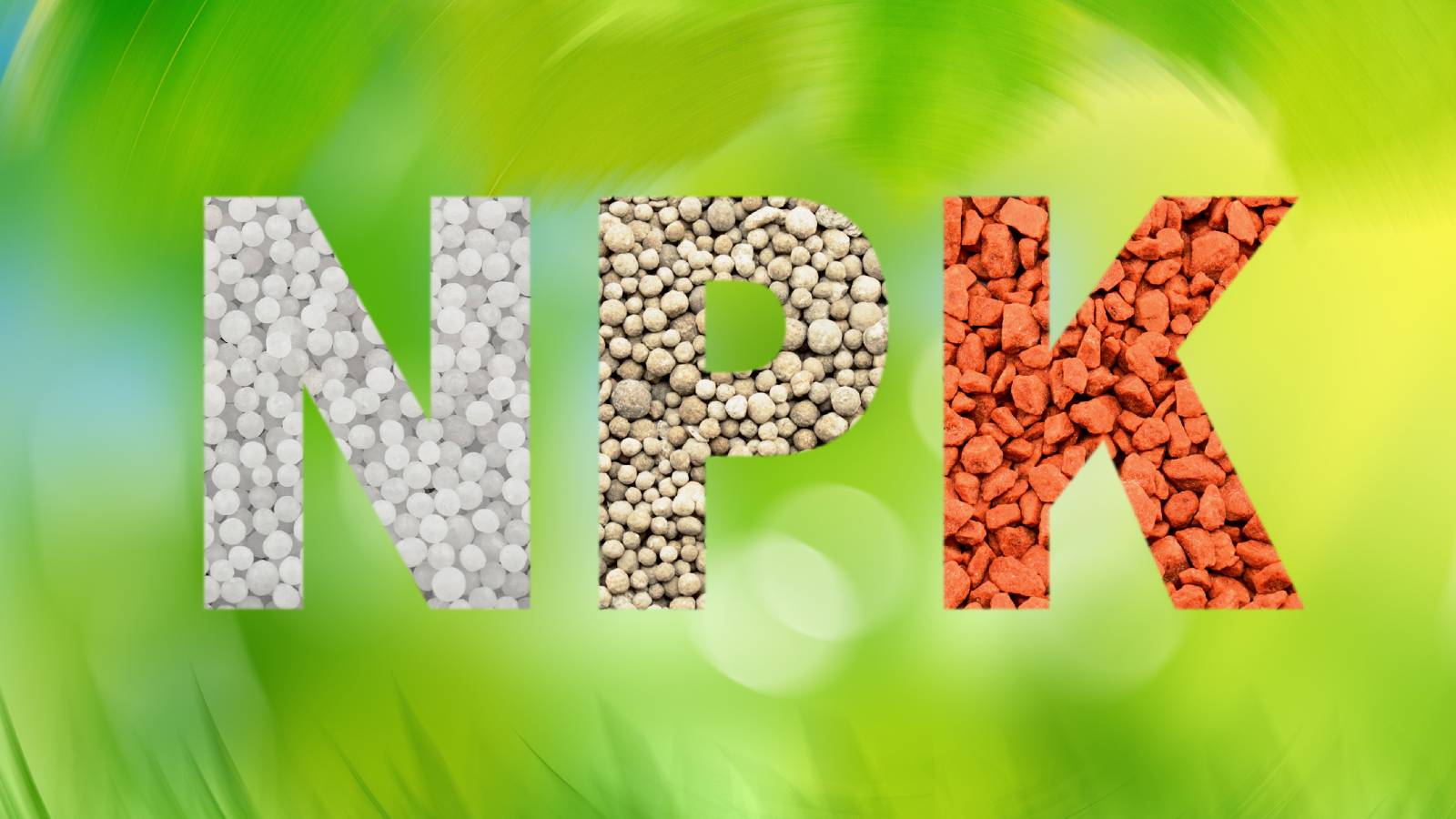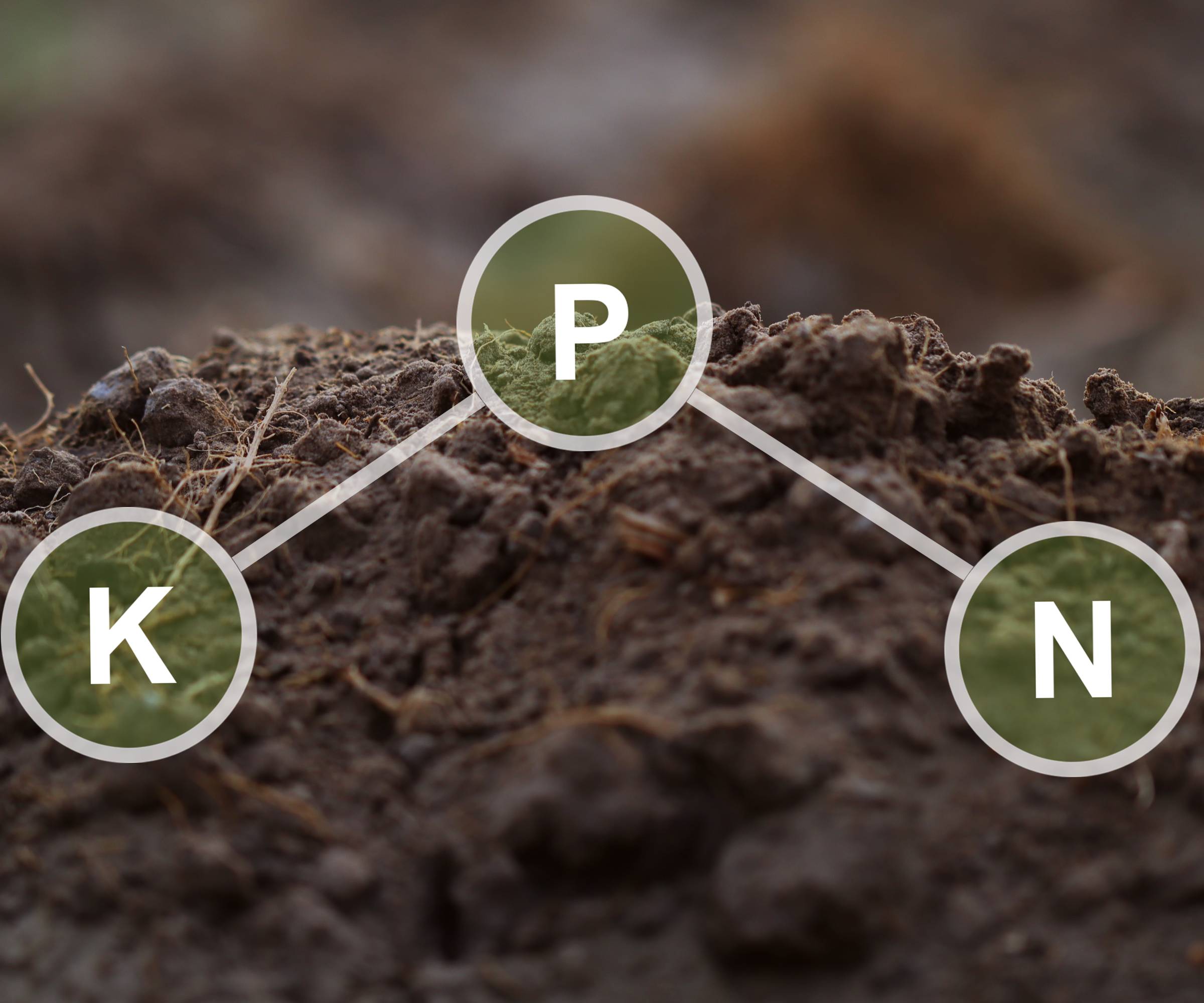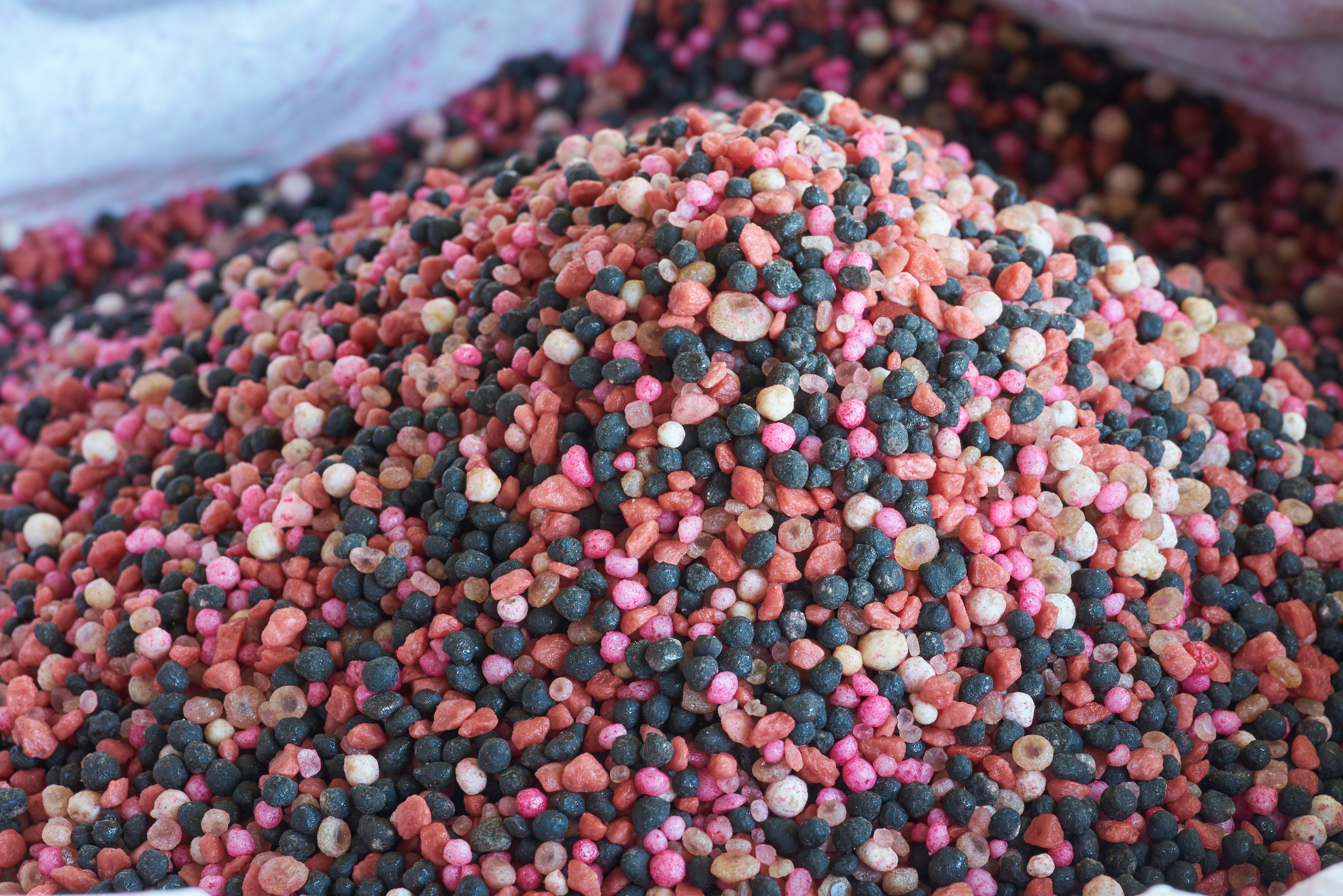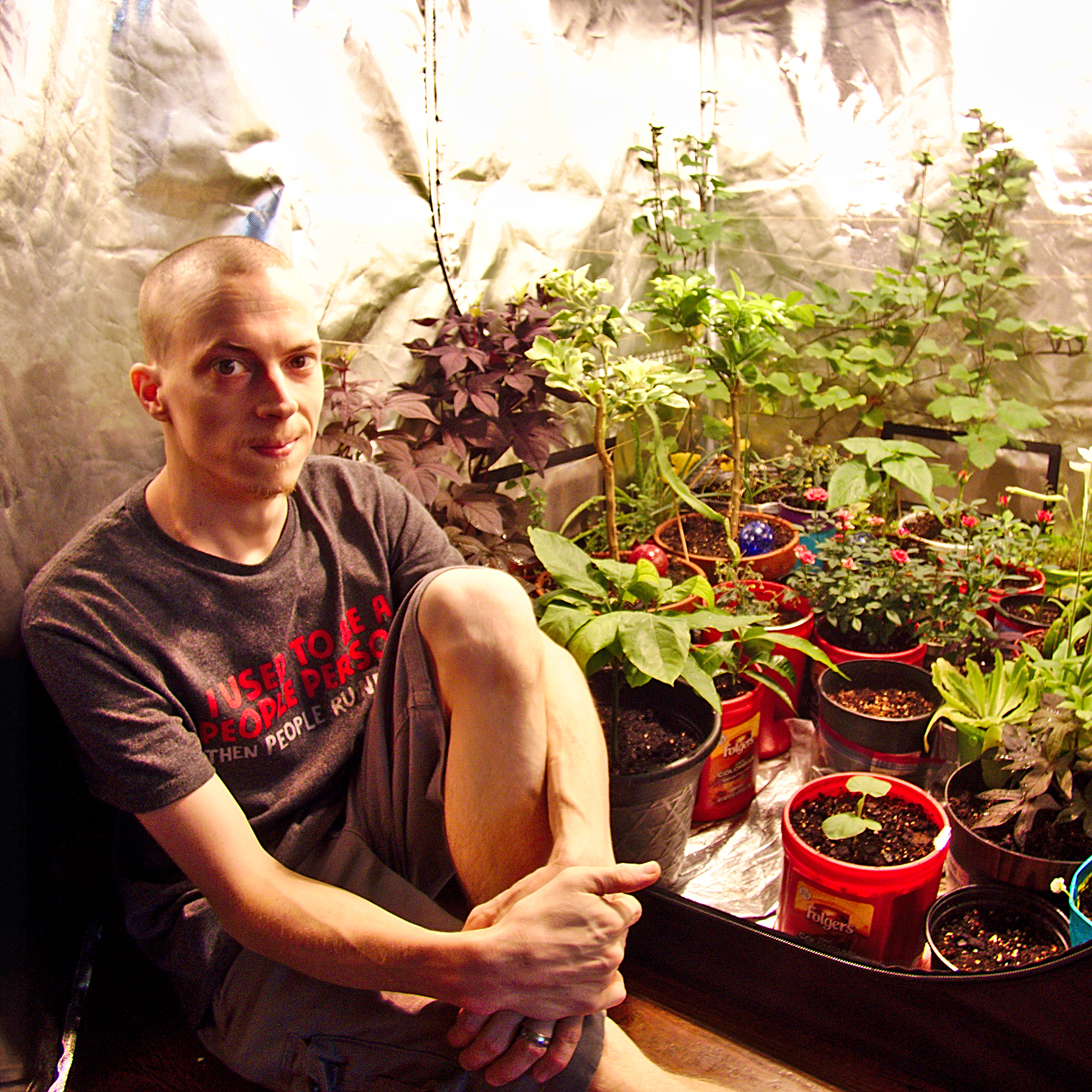NPK Demystified – Here's What the Numbers on Your Fertilizer Really Mean
Fertilizer numbers can look like random math on a bag, but once you get what they mean, gardening feels a whole lot easier.


The bold print on a fertilizer bag isn’t there for decoration—it’s the NPK numbers that decide whether your vines climb tall or your flowers bloom big, and in most states it's required by law. Get the numbers wrong, and you’ll end up staring at stunted stems or roots so fried they make you wonder what went wrong.
Those numbers point to a trio of macronutrients, which is the fertilizer for plants that fuels every garden bed. Once you learn how to read them, you stop guessing and start feeding with intention. Instead of tossing fertilizer like dice and hoping for luck, you begin to understand what your plants are really asking for.
Different crops crave different fuel. Greens have their preferences, but fruits and flowers beg for something else entirely. Pay close attention, and your beds will reward you with steady growth.
What Do the Numbers on Fertilizer Mean?
Typically, there are three numbers on a fertilizer label separated by dashes, and these represent the three basic nutrients that plants lean on to do well. The bag shows them as a set of numbers – something like 10-5-5. That code represents the percentage of these three elements in the fertilizer.
On a 10-pound sack, it means you’re actually holding about one pound of N (10% nitrogen), half a pound of P (5% phosphorus), and another half pound of of K (5%potassium).
A fertilizer that contains only one macro-nutrient will have “0” in the other values. For example, if a fertilizer is 10-0-0, then it only contains nitrogen.
The higher the number, the more concentrated that nutrient is in the fertilizer. For example, numbers on fertilizer listed as 20-5-5 means it has four times more nitrogen in it than phosphorus and potassium.
Sign up for the Gardening Know How newsletter today and receive a free copy of our e-book "How to Grow Delicious Tomatoes".
The rest of the weight comes from filler, generally sand or ground limestone, and sometimes micronutrients. Occasionally you'll also see a fourth number – this represents the amount of sulfur in the mix.
Why These Nutrients Matter

Those digits are like hints about what the fertilizer does. One mix might help your plants bulk up their leaves, another focuses on rooting deep, and some just keep them tough against challenges. Watching how your garden reacts makes each application more dialed in.
Nitrogen drives leafy growth—think thick kale or a lush lawn. Too little, and leaves go pale. Too much, and you get lanky plants with no fruit. Phosphorus builds tough roots and boosts blooms or pods, key for strawberries or zinnias. Potassium hardens plants against drought or bugs, like when your okra stands up to a dry spell.
Many plants require a balanced fertilizer. A balanced number of 20-20-20 indicates the fertilizer has the same concentration of all three, and twice as much concentration of one that has 10-10-10.
Nitrogen (N) | Rapid growth of green leaves |
Phosphorus (P) | Root growth, flower and fruit development |
Potassium (K) | Plant's overall function and vitality |

How to Choose the Right Fertilizer for Your Garden
Choosing fertilizer isn’t about matching numbers on a bag—it’s about noticing what your plants respond to. Lettuce and other greens perk up with nutrients that build leaves. Tomatoes, roses, and similar plants seem to grow more robust when the mix encourages flowers and fruit. Lawns, meanwhile, do best with something balanced, keeping them thick and vibrant without overstimulating any particular growth. Test your soil with a soil test meter like this one from Amazon to keep a watchful eye on things.
When to Use Different NPK Ratios
Feeding your garden isn’t just about what you give – it’s when you give it. Spring is for encouraging leafy growth and helping young shrubs get established. Summer shifts the focus to fruiting and flowering plants so they can thrive and produce abundantly. Come fall, the goal is to help your perennials grow resilient and sturdy, ready to face winter without trouble.
Feed every 4-6 weeks during growth, less in fall. For pots, cut the dose in half every 2 weeks. Don’t feed dormant plants – they’re resting, not hungry.
Organic Vs. Synthetic Sources
Organic NPK fertilizers, like compost or bone meal, feed slow and build soil life. Compost’s about 2-2-2, fish emulsion 5-1-1 for nitrogen kicks. They’re green but take weeks to break down. It’s recommended to also use bone meal for root crops like carrots to get them digging deep.
Synthetic fertilizers, like 10-10-10 granules, work fast but can burn if you’re sloppy with the application. They’re precise but don’t help soil microbes. Use organics for long-term health, and synthetics for quick saves on wilting plants.
Common Mistakes with NPK
Don’t just dump fertilizer without a soil test—guessing can wreck your plants. You’ll end up torching your whole garden without realizing it, until it is too late. Avoid high-nitrogen mixes in fall, since they push soft growth that frost kills. Water after spreading, or granules will just sit useless.
Use a spreader like this one from Amazon for even coverage. Never feed dry soil – it burns roots. If leaves yellow, it might be micronutrients like iron, not just NPK, so making sure to stay on top of checking the soil is key. Keep these things in mind, and your garden will flourish in no time!

Tyler’s passion began with indoor gardening and deepened as he studied plant-fungi interactions in controlled settings. With a microbiology background focused on fungi, he’s spent over a decade solving tough and intricate gardening problems. After spinal injuries and brain surgery, Tyler’s approach to gardening changed. It became less about the hobby and more about recovery and adapting to physical limits. His growing success shows that disability doesn’t have to stop you from your goals.
- Nikki TilleySenior Editor
- Teo SpenglerWriter